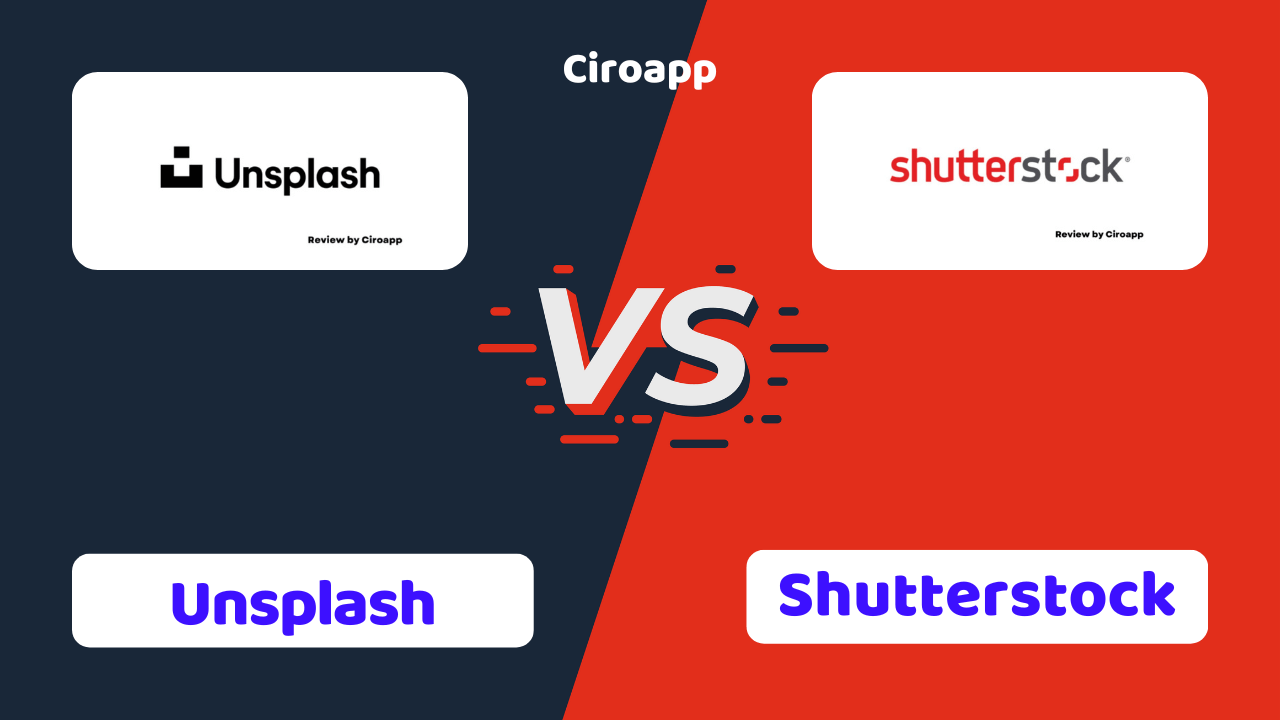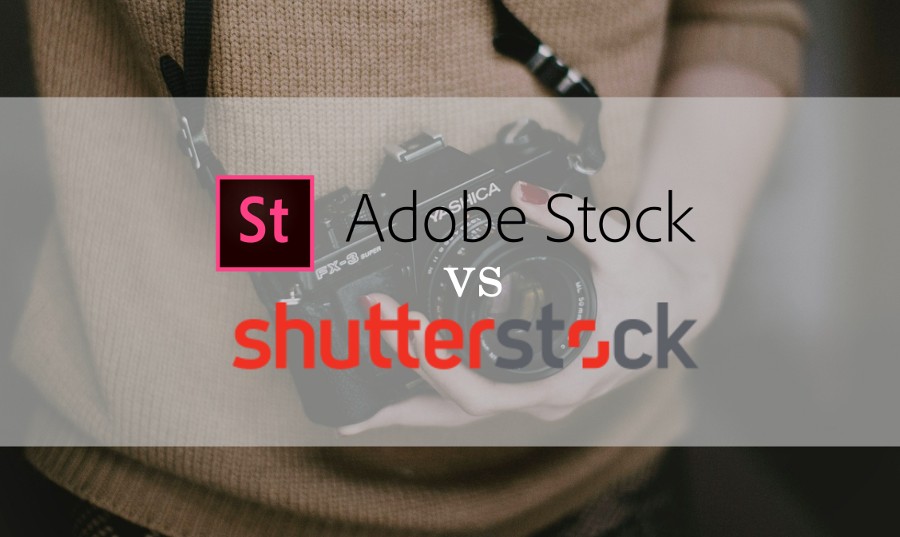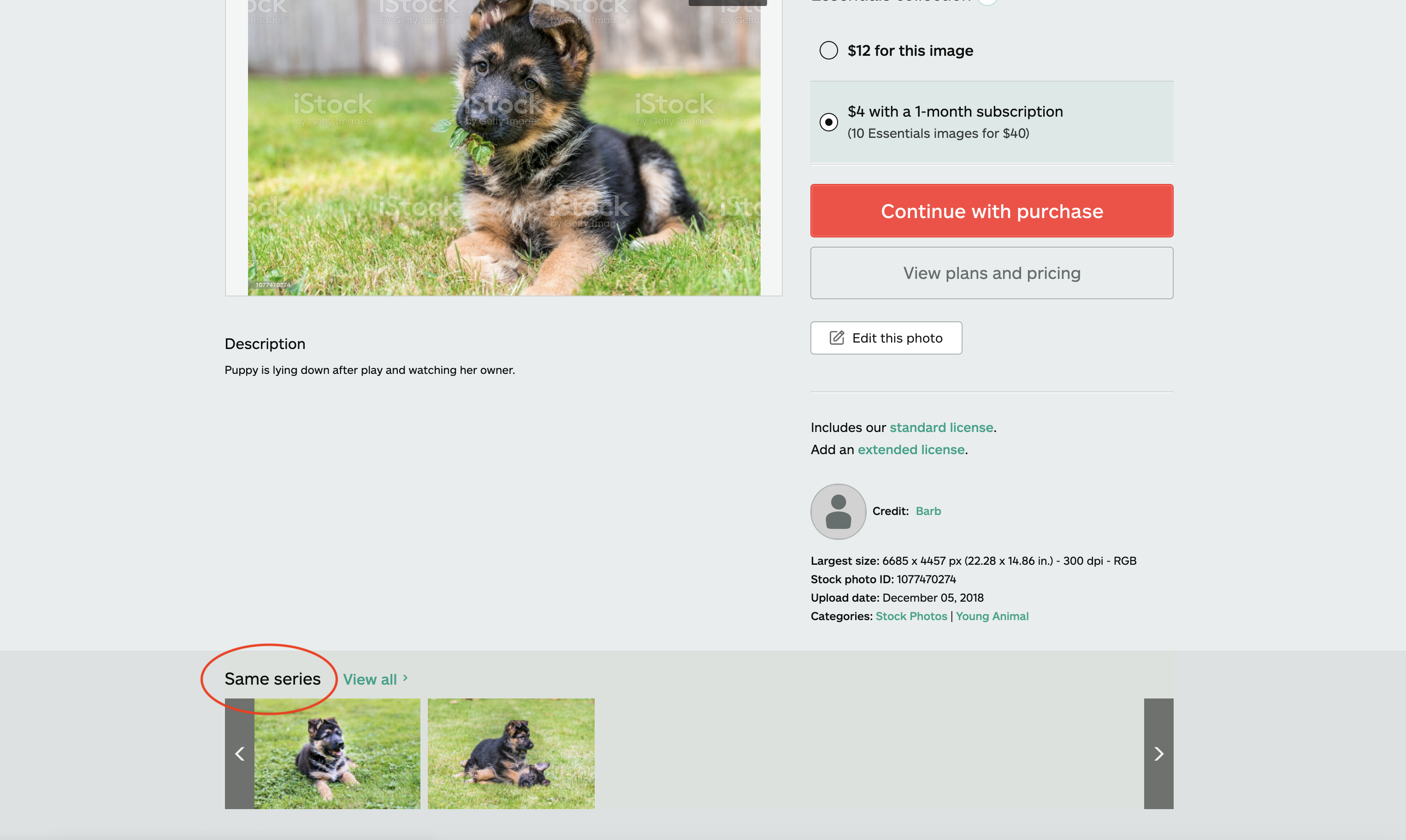Introduction to Selling Photos Online
 In the digital age, selling photos online has become a popular way for photographers to earn income. Various platforms exist, each offering unique features and commission structures. This article compares Foap and Shutterstock, two prominent platforms, to help photographers understand which might suit their needs better for monetizing their photography work.
In the digital age, selling photos online has become a popular way for photographers to earn income. Various platforms exist, each offering unique features and commission structures. This article compares Foap and Shutterstock, two prominent platforms, to help photographers understand which might suit their needs better for monetizing their photography work.
Overview of Foap
 Foap is a mobile app and platform designed specifically for photographers to sell their images. Here are some key features:
Foap is a mobile app and platform designed specifically for photographers to sell their images. Here are some key features:
- User-Friendly Interface: Foap offers an intuitive interface that allows users to easily upload and sell their photos.
- Community Engagement: Photographers can connect with a community of creatives, participate in challenges, and earn rewards.
- Commission Structure: Foap users earn a 50% commission on each sale, making it a lucrative option for independent photographers.
- Brand Missions: Brands can post specific photo requests, allowing photographers to submit works that align with brands’ needs, potentially leading to higher earnings.
- Mobile-Centric: Foap is designed for mobile use, appealing to photographers who prefer taking and uploading images directly from their phones.
Overall, Foap is ideal for amateur photographers looking for a straightforward way to start selling photos, particularly those who enjoy community interaction and challenges.
Overview of Shutterstock
 Shutterstock is a powerhouse in the world of stock photography. Established in 2003, it has become a go-to platform for photographers and creators seeking to sell their images online. With its extensive library of over 350 million images, videos, and music tracks, Shutterstock offers incredible variety for buyers ranging from small businesses to large corporations. But what makes Shutterstock so appealing for sellers? Here are a few highlights:
Shutterstock is a powerhouse in the world of stock photography. Established in 2003, it has become a go-to platform for photographers and creators seeking to sell their images online. With its extensive library of over 350 million images, videos, and music tracks, Shutterstock offers incredible variety for buyers ranging from small businesses to large corporations. But what makes Shutterstock so appealing for sellers? Here are a few highlights:
- Wide Reach: Shutterstock attracts millions of users each month. This expansive audience means more potential sales for your work.
- Royalty Structure: Contributors earn between 15% to 40% of the sale price, depending on their lifetime earnings. This tiered system can be quite lucrative for established photographers.
- Global Marketplace: Photographers from all over the world can submit their work, giving you the chance to reach international customers.
- User-Friendly Interface: The platform makes it easy for sellers to upload content, manage portfolios, and track sales and earnings.
Shutterstock isn’t without its challenges, however. Photographers often face stiff competition due to the sheer volume of content available, and getting noticed can be difficult without a well-curated portfolio or a strong marketing strategy. Overall, Shutterstock continues to be a popular choice for those looking to enter the stock photography market, but understanding its dynamics is crucial for maximizing your success on the platform.
Comparing User Experiences on Foap and Shutterstock
 When it comes to user experience, both Foap and Shutterstock have distinct offerings tailored to their communities. Understanding these differences can help you choose the right platform for your photographic journey. Foap is all about community and engagement. It’s a mobile-first platform that allows users to upload their photos directly from their phones, making it super convenient for on-the-go photographers. Here are some user experience highlights:
When it comes to user experience, both Foap and Shutterstock have distinct offerings tailored to their communities. Understanding these differences can help you choose the right platform for your photographic journey. Foap is all about community and engagement. It’s a mobile-first platform that allows users to upload their photos directly from their phones, making it super convenient for on-the-go photographers. Here are some user experience highlights:
- Community Driven: Foap fosters a strong community vibe, encouraging interaction among photographers and buyers. Users can like, comment, and share their favorite photos.
- Mission-Based Pricing: Users can participate in missions, competitions, and challenges that not only enhance visibility but also offer chances to win prizes.
- Instant Feedback: The Foap app allows users to receive immediate feedback on their work, which can be exhilarating and motivating.
Shutterstock, on the other hand, provides a more traditional stock photo marketplace experience:
- Professional Analytics: Shutterstock offers detailed analytics for contributors, providing insights into what types of images are performing well.
- Structured Upload Process: While this might be more time-consuming than Foap’s app, it allows for greater control over metadata, keywords, and overall presentation.
- Less Social Interaction: The focus is primarily on the transaction—getting images seen and sold—rather than building a community.
Ultimately, both platforms have their strengths and weaknesses. If you’re looking for a more casual, community-focused experience, Foap might be the way to go. If you’re interested in tapping into a large, established market with powerful analytics, Shutterstock could be the better fit. Your choice will depend on your personal goals and how you want to position your photography in the digital marketplace.
Pricing Structures of Foap and Shutterstock
When diving into the world of selling photos online, understanding the pricing structures of different platforms is crucial. Foap and Shutterstock each have distinct models, catering to different types of photographers and buyers. Foap operates on a set price for each photo, allowing you to sell your images for $10 apiece. This straightforward approach is appealing to photographers looking for simplicity. Foap often holds themed challenges, where photographers can submit photos for specific tasks. Winning entries can earn you additional rewards, contributing to your overall income. On the other hand, Shutterstock employs a more variable pricing structure. The prices of photos on Shutterstock can range from a few dollars to hundreds of dollars, depending on factors like image quality, licensing options, and customer subscriptions. As a contributor, you might find it challenging to determine a consistent earning potential since the sale prices fluctuate based on demand and subscription levels. Here’s a quick comparison of the two platforms’ pricing structures:
- Foap: Fixed price of $10 per photo.
- Shutterstock: Variable prices, from a few dollars to hundreds.
Ultimately, your choice may depend on whether you prefer a steady income from each sale (Foap) or the potential for higher earnings through a more complex pricing model (Shutterstock).
Commission Rates and Earning Potential
The commission rates and earning potential are factors every photographer considers when selecting a platform. Understanding how much of each sale you keep can significantly influence your decision. With Foap, you retain a full 100% of your sales. That means for every photo sold at $10, you walk away with the entire amount. This can be particularly beneficial if you frequently engage in themed challenges, where the potential to earn additional bonuses exists. In contrast, Shutterstock operates on a commission system that initially seems less appealing. As a contributor, you earn between 15% and 40% of each sale, depending on your lifetime earnings on the platform. For example:
| Lifelong Earnings | Commission Rate |
|---|---|
| Up to $500 | 15% |
| $500 – $3,000 | 20% |
| $3,000 – $10,000 | 25% |
| Over $10,000 | 40% |
This means that while you may sell an image on Shutterstock for $50, you might only receive $7.50 to $20, depending on your earnings bracket. Although this may appear less lucrative compared to Foap’s flat rate, the higher price points and larger customer base can potentially lead to higher total earnings in the long run. In conclusion, Foap offers a more lucrative commission model for photographers looking for straightforward income, while Shutterstock could yield better long-term profits for those who are willing to navigate its complexities.
Marketing and Exposure for Photographers
When it comes to selling your photos, marketing and exposure can make all the difference. Both Foap and Shutterstock offer unique pathways to put your images in front of potential buyers, but they do it in different ways. Foap is particularly community-driven, allowing photographers to participate in challenges and collaborate with brands. This platform is designed for photographers looking to engage with a more interactive environment. You get to showcase your work, and if you’re lucky, your photos could become part of brand campaigns! Plus, Foap promotes user-generated content on social media, which helps boost your visibility. On the other hand, Shutterstock is one of the giants in the stock photography world. With a vast library of images, your work is instantly available to a large audience. Shutterstock actively promotes its contributors’ work through various marketing channels, including email campaigns and its own marketplace. Therefore, if you’re looking to tap into a broader market, Shutterstock’s extensive reach is hard to beat. Here’s a quick comparison:
- Foap: Engaging community challenges, social media exposure, interactive marketing.
- Shutterstock: Large audience, extensive promotional efforts, stable customer base.
Ultimately, your choice may depend on how proactive you want to be in marketing your work. If you enjoy engaging with a supportive community, Foap may be your go-to. However, if you’re seeking immediate exposure to a larger audience, Shutterstock is a strong contender.
Community and Support for Users
When diving into the world of selling photos online, having a supportive community can elevate your experience. Let’s explore how Foap and Shutterstock handle community support for their users. Foap prides itself on fostering a vibrant community of photographers. Users can interact with one another through challenges and projects, which not only helps in honing your skills but also offers a space to share tips and feedback. Foap provides a platform where budding photographers can connect, network, and learn from one another. Additionally, their customer support is typically responsive, offering guidance for users navigating the platform. In contrast, Shutterstock has a more traditional approach. While they do provide resources like tutorials and articles through their blog, the community vibe isn’t as palpable compared to Foap. However, the sheer volume of contributors means that there are numerous forums and discussion groups outside of Shutterstock itself where photographers can share advice and experiences. Shutterstock also offers extensive FAQs and help centers, ensuring that users have access to vital information when they need it. Here’s a quick comparison of community and support:
- Foap: Strong community engagement, interactive challenges, personalized user support.
- Shutterstock: Comprehensive educational resources, diverse user forums, reliable customer assistance.
In conclusion, if you thrive in community settings and prefer a collaborative environment, Foap may be your best bet. If you appreciate access to extensive resources and structured support, you might prefer partnering with Shutterstock. Your choice ultimately aligns with your needs as a photographer.
Ideal User Demographics for Each Platform
Understanding the ideal user demographics for Foap and Shutterstock can significantly enhance your selling strategy. Each platform caters to different types of photographers and buyers, and knowing who uses each can help you tailor your content accordingly. Foap: This platform attracts a more casual, community-centric audience. Its users often include:
- Amateur Photographers: Individuals looking to monetize their hobby.
- Travel Enthusiasts: People who take snapshots during their trips and want to share them.
- Small Businesses and Startups: Businesses seeking unique photography to enhance their branding.
- Creative Marketing Professionals: Those wanting distinctive visuals without breaking the bank.
Foap has a social element, making it ideal for those who appreciate community feedback and engagement, encouraging users to share their experiences and collaborate. Shutterstock: In contrast, Shutterstock tends to attract a more professional crowd, which includes:
- Professional Photographers: Experienced individuals looking to sell high-quality stock images.
- Corporations and Agencies: Large organizations seeking a vast library of images for marketing and advertising purposes.
- Content Creators: Bloggers, YouTubers, and marketers who require diverse, high-resolution images.
- Designers: Those requiring stock photos for projects ranging from websites to promotional materials.
This platform is known for high-quality, curated images, making it more appealing to brands and professionals who prioritize quality over quantity.
Conclusion and Recommendations for Photographers
When deciding between Foap and Shutterstock, consider your goals and the type of photography you specialize in. Here’s a summary of the key points for each platform:
| Platform | Best For | Key Features |
|---|---|---|
| Foap | Amateurs & Hobbyists | Community engagement, mobile app, episodic missions |
| Shutterstock | Professionals & Businesses | Large customer base, high-quality standards, extensive marketplace |
If you’re just starting or enjoy casual photography, Foap may be your best bet. Its emphasis on community and flexibility allows you to sell photos without needing a professional portfolio. Plus, engaging in missions can also help you develop your skills. However, if you’re a professional looking to scale your photo sales and reach a larger market, Shutterstock offers a robust platform with resources to help you succeed. Their focus on quality means you’ll be competing with experienced photographers, so make sure your work meets their standards before submitting. Ultimately, both platforms have their strengths, so consider trying both to see which resonates more with your photography style and business goals!


